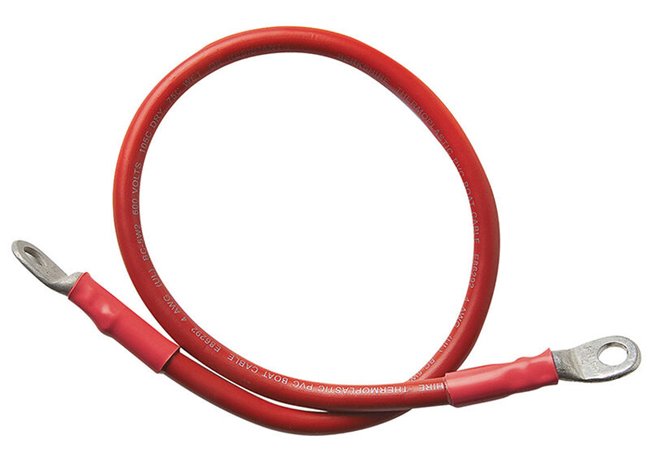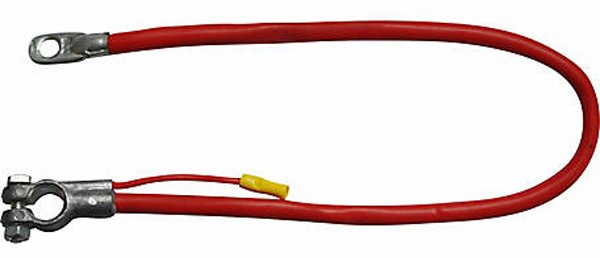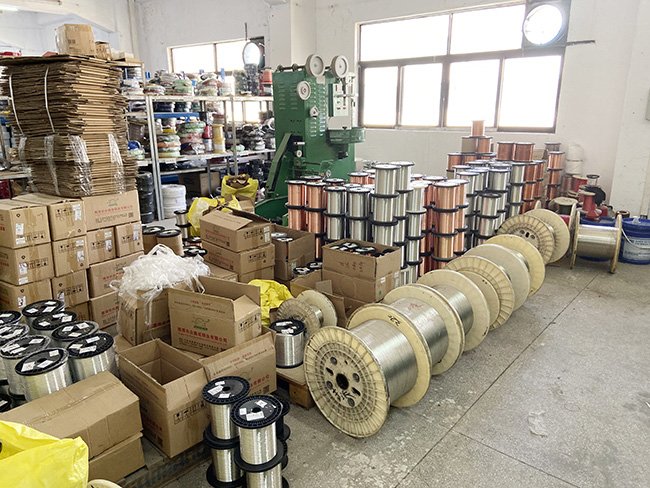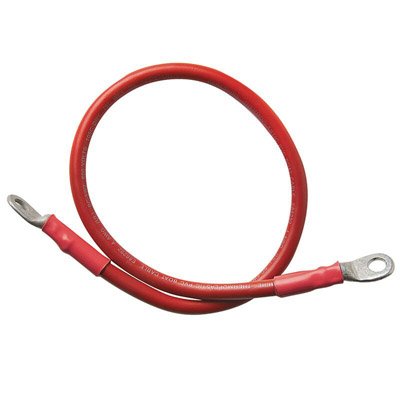Battery Wiring Harness, Choose ECOCABLES!


2 Gauge Battery Cable
The 2 gauge battery cable features tinned copper stranding for optimal protection against corrosion and electrolysis. The ultra-flexible stranding design withstands vibration and flexing-induced fatigue, while the high-quality vinyl insulation effectively guards against damage from saltwater, battery acid, oil, gas, and UV light.
- 100% Made in China.
- Highly flexible industrial grade electrical cable.
- Approved for up to 600 volts, -50°C to +105°C (-58°F to +221°F).
- Rated as dual-use for welding or battery installation applications.
This series of high-quality battery cables consists of tinned copper stranded wire, offering maximum protection against corrosion and electrolysis. The ultra-flexible strands can withstand vibration and bending fatigue, while the premium vinyl insulation effectively resists damage from saltwater, battery acid, oil, gas, and ultraviolet light. The cell lugs are crafted from premium tin-plated material and feature a UL-rated double-wall shrink tube waterproof design. These cables exceed all UL 1426, USCG Charter, CSA, and ABYC standards and are rated at 600V.
2 Gauge Battery Cable Explained
In contemporary society, automobiles have become indispensable, making it difficult to manage daily activities without a car. For these automobiles to function properly and serve their intended purpose, they require a 2 gauge battery cable—an essential component that should never be underestimated.
However, many individuals find it challenging to distinguish 2 gauge battery cable assemblies from other cables. The 2 AWG battery wire is suitable for a wide variety of vehicles, ranging from small and large cars to RV trailers and watercraft. Given this, wouldn't it be prudent to learn all you can about a 2 gauge battery cable? Continue reading to gain a deeper understanding.
What is the meaning of a 2 gauge battery cable?
Battery cables have been around for quite some time. However, advancements in technology and time have made these cables crucial. Nowadays, with many people owning cars, the first thing one notices when opening the car engine compartment is the heavy-duty wires, which are meticulously covered with thick insulation material and connected to the battery.

Thus, a battery cable refers to a thick, heavy-duty wire connected to the vehicle's battery. This leads to another question: what is a 2 gauge battery cable? Generally, battery wires are distinguished based on their sizes using the AWG (American Wire Gauge) standard. What does this imply for the 2 gauge battery cable? This standard indicates that the higher the AWG number, the smaller the wire diameter. Therefore, it is accurate to conclude that a 2 gauge battery cable wire is larger than a 12 gauge battery cable wire.
What Diameter does 2 gauge battery cable has?
Here, the term "diameter" refers to the straight line passing through the center of a circular object. Since cables have a circular shape, it is evident that the cable diameter refers to the straight line running through the center of the cable. So, what is the diameter of a 2 gauge battery cable?

As previously mentioned, 2 gauge battery cables play a crucial role in various automobiles, including boats and cars, as well as any vehicle that utilizes a 12 and 24-volt electrical system. To easily withstand such voltages, the cable must be covered with durable, thick insulation and possess high temperature resistance.
The diameter of a 2 gauge battery cable is approximately 10.2mm, which is equivalent to nearly 0.4 inches. In addition to the cable's diameter, the cross-sectional area and conductor resistance also play a significant role in the wire's current-carrying capacity.
What is the maximum amps handled by a 2 gauge battery cable?
At normal temperatures, a 2 gauge battery cable wire typically has a capacity of 150 amperes. However, this value may vary depending on various factors such as the cable's length and ambient temperature.
Due to its current-carrying capacity, this cable can be used for small cars, golf carts, and solar cells. However, when using this cable within a DC power system, it is crucial to consider the overall length of both the negative and positive cables.















